by
Amos BairochAmos Bairoch
For several years now, there has been an exponential growth of the amount of life science data (e. g. , sequenced complete genomes, 3D structures, DNA chips, mass spectroscopy data), most of which are generated by high-throughput – periments. This exponentialcorpusof data is storedand made availablethrough a large number of databases and resources over the Web, but unfortunately still with a high degreeof semantic heterogeneity and varying levels of quality. These data must be combined together and processed by bioinformatics tools deployed on powerful and e?cient platforms to permit the uncovering of patterns, s- ilarities and in general to help in the process of discovery. Analyzing complex, voluminous, and heterogeneous data and guiding the analysis of data are thus of paramount importance and necessitate the involvement of data integration techniques. DILS 2008 was the ?fth in a workshop series that aims at fostering disc- sion, exchange, and innovation in research and development in the area of data integration for the life sciences. Each previous DILS workshop attracted around 100 researchers from all over the world and saw an increase of submitted – pers over the preceding one. This year was not an exception and the number of submitted papers increased to 54. The ProgramCommittee selected 18 of them. The selected papers cover a wide spectrum of theoretical and practical issues including data annotation, Semantic Web for the life sciences, and data mining on integrated biological data.
Product Details
| ISBN-13: | 9783540698272 | |
| Publisher: | Springer Berlin Heidelberg | |
| Publication date: | 08/08/2008 | |
| Series: | Lecture Notes in Computer Science / Lecture Notes in Bioinformatics Series, #5109 | |
| Edition description: | 2008 | |
| Pages: | 209 | |
| Product dimensions: | 6.10(w) x 9.10(h) x 0.60(d) |

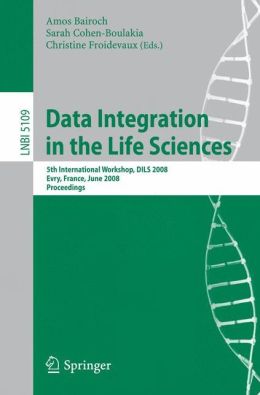

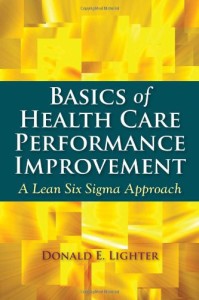

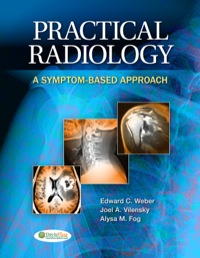
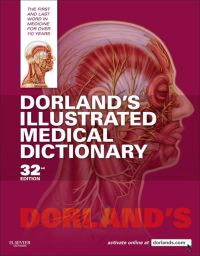
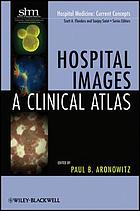
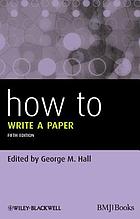
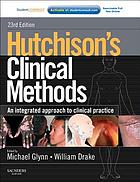
Reviews
There are no reviews yet.